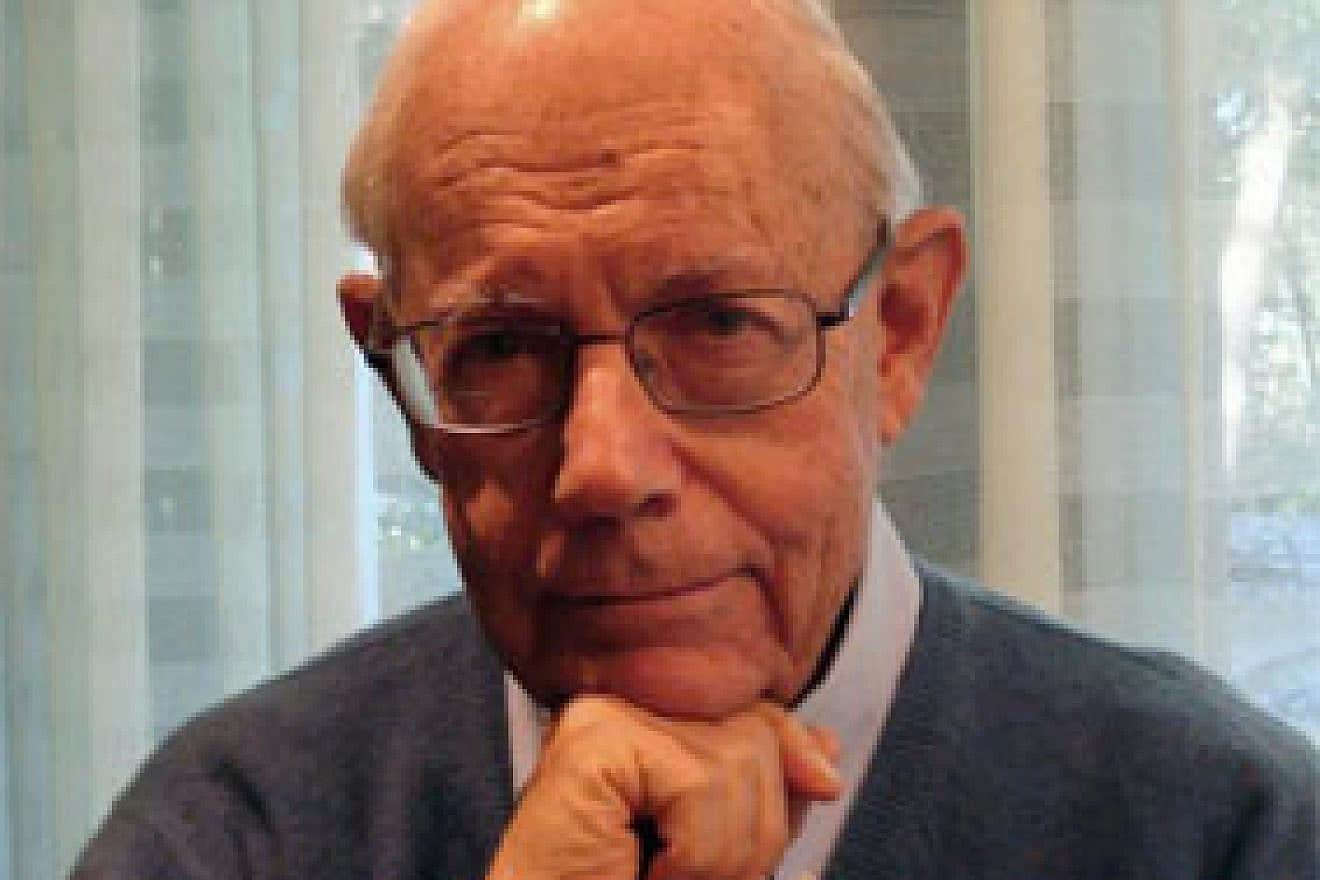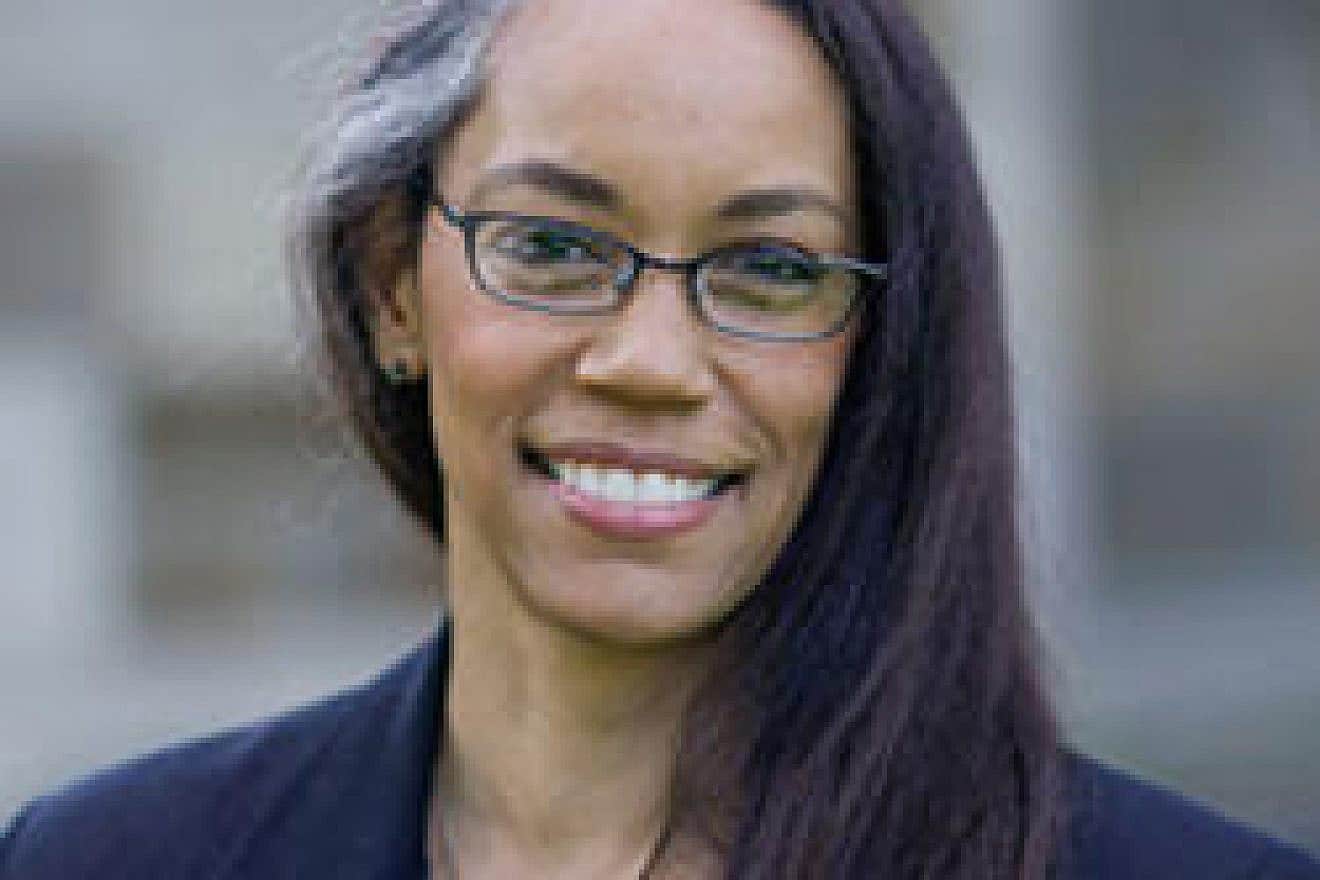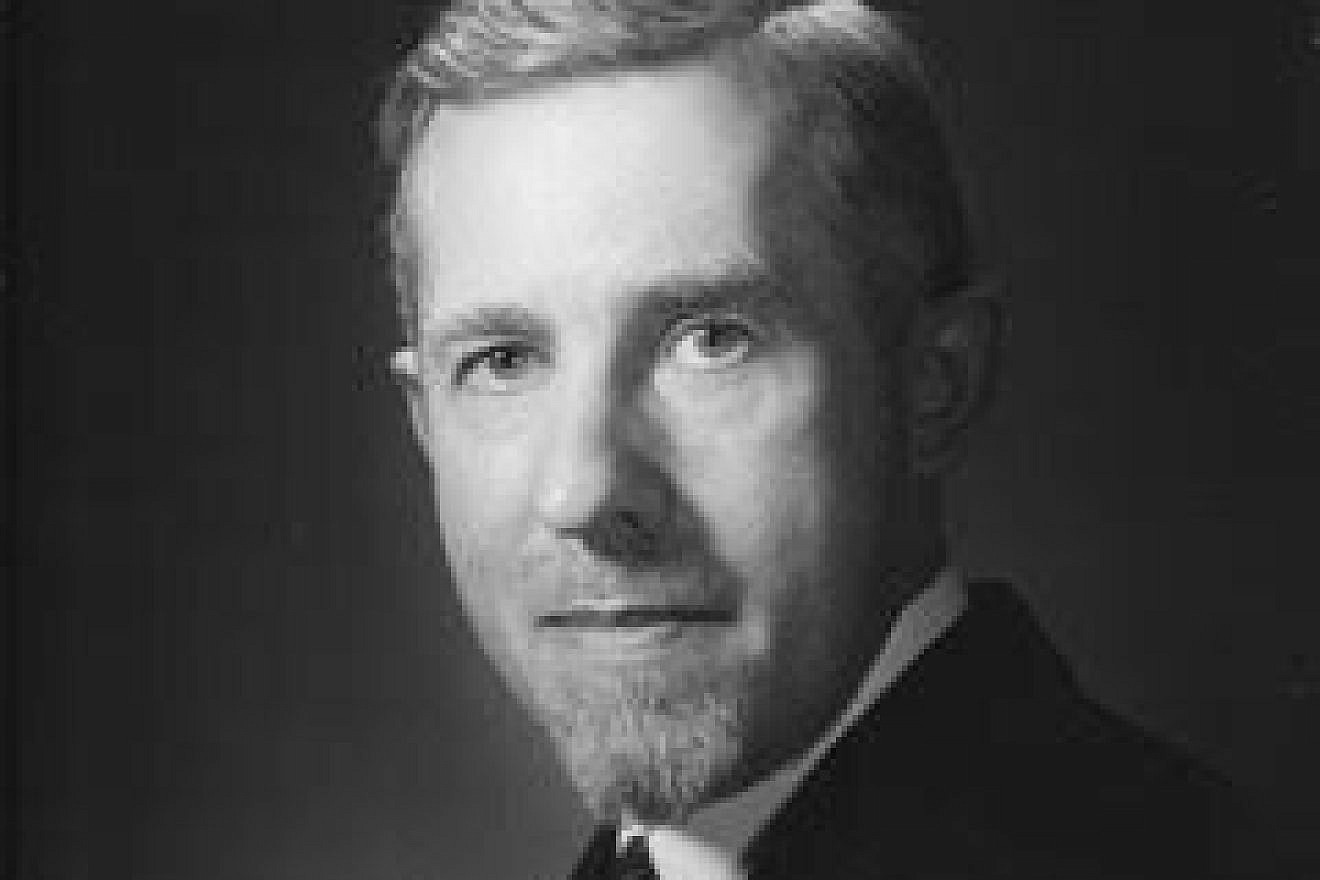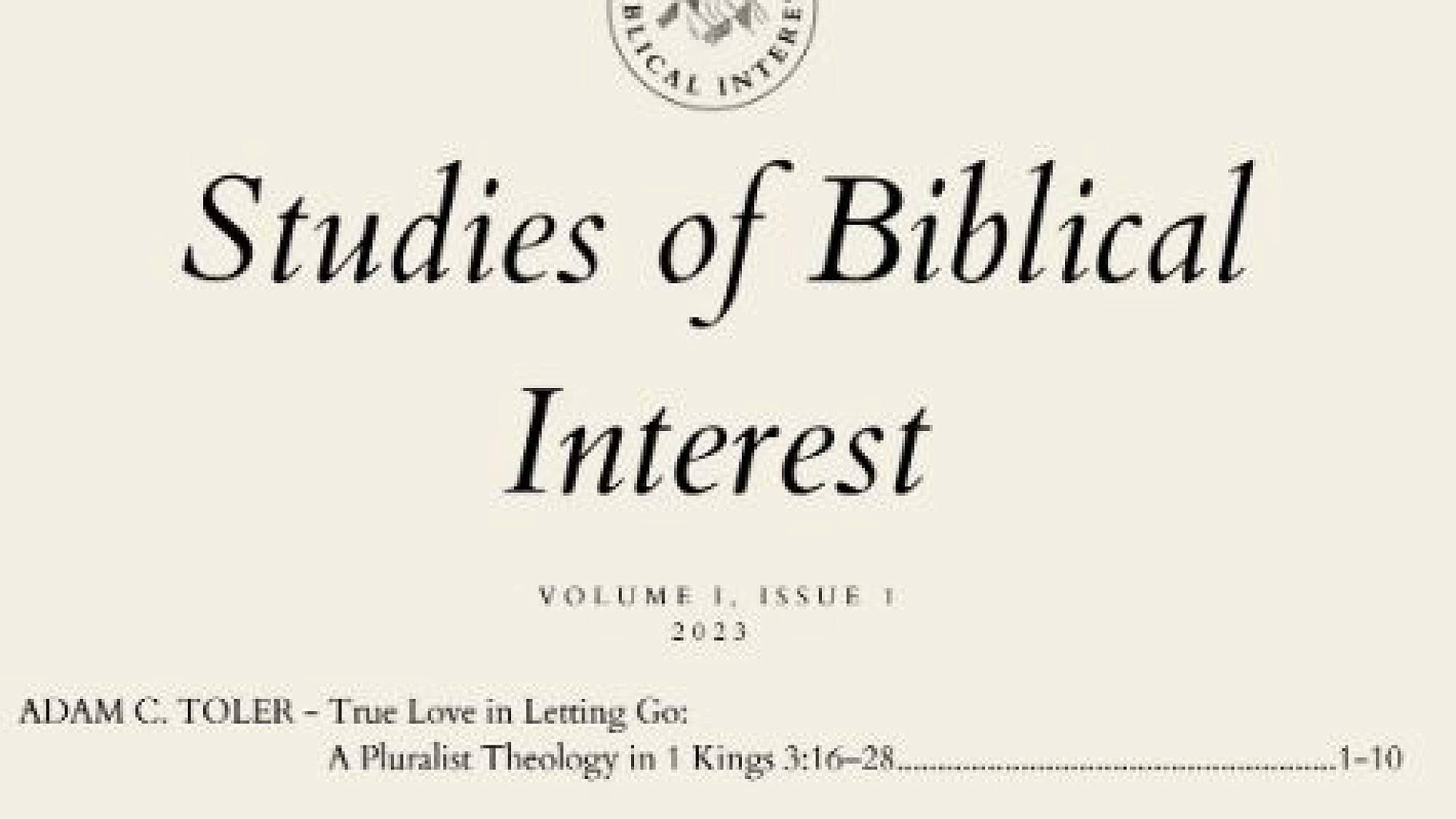An academic journal launched this year hopes to shake up the field of biblical studies by introducing a broader, multi-disciplinary approach that will embrace controversy rather than take sides on issues.
Another unusual aspect of the new journal is the age of its founder, Roger Isaacs, who is 97 years old. However, Isaacs, who was wounded in World War II’s Battle of the Bulge and started a successful PR agency in Chicago, dismisses talk of his age, describing the journal as a natural outgrowth of his work of 40-plus years, which culminated in the publication of a 2010 book about the Ark of the Covenant, “Talking with God.”
The journal seeks to introduce a scientific approach to biblical studies.
“We’ll be very broad in terms of what we’re looking at as a journal. We want to include as many viewpoints as possible in the field of biblical studies, whether they conflict or not. From time to time, there are controversies in this discipline. We’re very happy to publish those,” Isaacs told JNS.

The journal is edited by Janice Williams Miller of The Publishing Institute. Each issue (roughly 60 pages in length) will include about five articles. The first issue is expected to be completed in December.
Isaacs, inspired by his father, a pioneering medical researcher and amateur Bible student, has in turn inspired his grandson, Adam Hemmings. A fellow of the Royal Asiatic Society in London, Hemmings studied Ancient Near Eastern Languages and Civilizations at the University of Chicago and the School of Oriental and African Studies in London.
“Our primary goal here is to have a truly interdisciplinary and cross-disciplinary look at biblical studies,” Hemmings told JNS, noting that their journal fills a need because other biblical journals tend to approach the subject from a particular viewpoint.
“Unfortunately, what we see with the more established journals is a system of gatekeeping whereby they come with preconceived ideas about what the discipline is, whether it’s from a religious or a secular perspective,” he said.

Those who don’t fit neatly into one or another consensus, or who push the envelope, find themselves shut out, he said.
“We’re saying there are lots of people with valid ideas, and the only way that we can test the validity of these ideas is if they’re published in an open forum available for others to respond and critique, whether they agree with them or not,” said Hemmings.
Studies of Biblical Interest has put out an open call for papers, both from established scholars and students in the earlier stages of their career and thus find it more difficult to publish in the older journals. Competition for papers is fierce. There are a finite number of scholars working in the field, say Isaacs and Hemmings. What they hope will help set them apart is their willingness to publish scholars from related disciplines.
“Say you have a doctor who wants to examine diseases described in the biblical text from a scientific perspective. That’s not something that would necessarily be published in a traditional biblical journal. So this is a venue for people with a serious interest, a serious background, that have something unusual to say about the text,” said Hemmings. “Those people might come up with some very different ideas than traditionally trained scholars in theology or biblical studies.”
The journal’s first article examines theologies of religious pluralism through 1 Kings 3:16–28, the story of King Solomon ordering the division of a baby between two women.

Also in the works is a paper from an Egyptologist on depictions of foreign women in the biblical text versus the artistic record of the ancient Near East, and another looking at specific words related to the Ark of the Covenant.
The latter relates to their own research on the Ark. Isaacs said they made contextual comparisons with no less than 16 languages, leading to what he claims is a new discovery regarding the date of the biblical text. By identifying Egyptian loan words related to the Ark, they concluded that the texts are considerably older than the scholarly consensus would have it.
The core idea of Isaacs’ theory concerns the nature and purpose of the Ark of the Covenant, which he surmises was a type of communications device. The idea was first developed by his father, with whom Roger wrote a monograph on the subject in the 1950s.
By a remarkable coincidence, in 2020, another grandson of Roger’s, Ian Isaacs Henry, pursuing a Hollywood screenwriting career, stumbled across a 90-page transcript of a five-day story conference of the creators of the Hollywood blockbuster “Raiders of the Lost Ark.”
While it was generally accepted that screenwriter and director Philip Kaufman (“Invasion of the Body Snatchers,” “The Right Stuff”) came up with the idea for the Ark as the object pursued in the film, what Henry learned was that the original idea came from Roger’s father, Dr. Raphael Isaacs.
“When I learned where Kaufman got the idea, I stood up and YELLED,” Henry wrote in his blog, describing his discovery.

In 1955, Kaufman had been a patient of Dr. Isaacs, then director of the hematology department at the former Michael Reese hospital in Chicago. “For some reason he began telling me about his theories about the Ark,” Kaufman later wrote to Roger, describing himself as spellbound by “your father’s theories about the Ark’s telecommunications potential (even suggesting that You-Know-Who with Almighty Powers might be listening on the other end of the line).”
Twenty years later, George Lucas discussed with Kaufman his idea to make a film that captured the qualities of serial matinees.
“I told him about the lost Ark, its extraordinary adventures, and its possible powers of communication that a certain wise, sage doctor had described to me decades earlier,” said Kaufman. Lucas couldn’t raise the money at the time and Kaufmann went on to other projects.
A few years passed before Lucas called Kaufman and said he and Steven Spielberg had been on a beach in Hawaii and he told Spielberg about their story. “He asked if it would be okay with me if the two of them could further develop it. At that time I was preparing a film in L.A. where I met with Lawrence Kasdan, who was hired by them to write a screenplay from our story. I told Kasdan all I could remember of our discussions, including what your father had told me.”
Kasdan would go on to write the Raiders screenplay, which was directed by Spielberg. Kaufman would receive story credit with Lucas.
“In the end the concept of the Ark as a telecommunications vehicle turned out to be more fascinating to me than others and didn’t really translate into the script,” said Kaufman.
The idea, however, was touched on in the final film, as can be seen in this clip, in which the antagonist, French archaeologist Belloq, says, “Jones, do you realize what the Ark is? It’s a transmitter. It’s a radio for speaking to God.”
“Of course, I was delighted to learn of the connection,” Isaacs told JNS. “It adds a bit of mystique to what could otherwise be a dry subject to the uninitiated.”


























